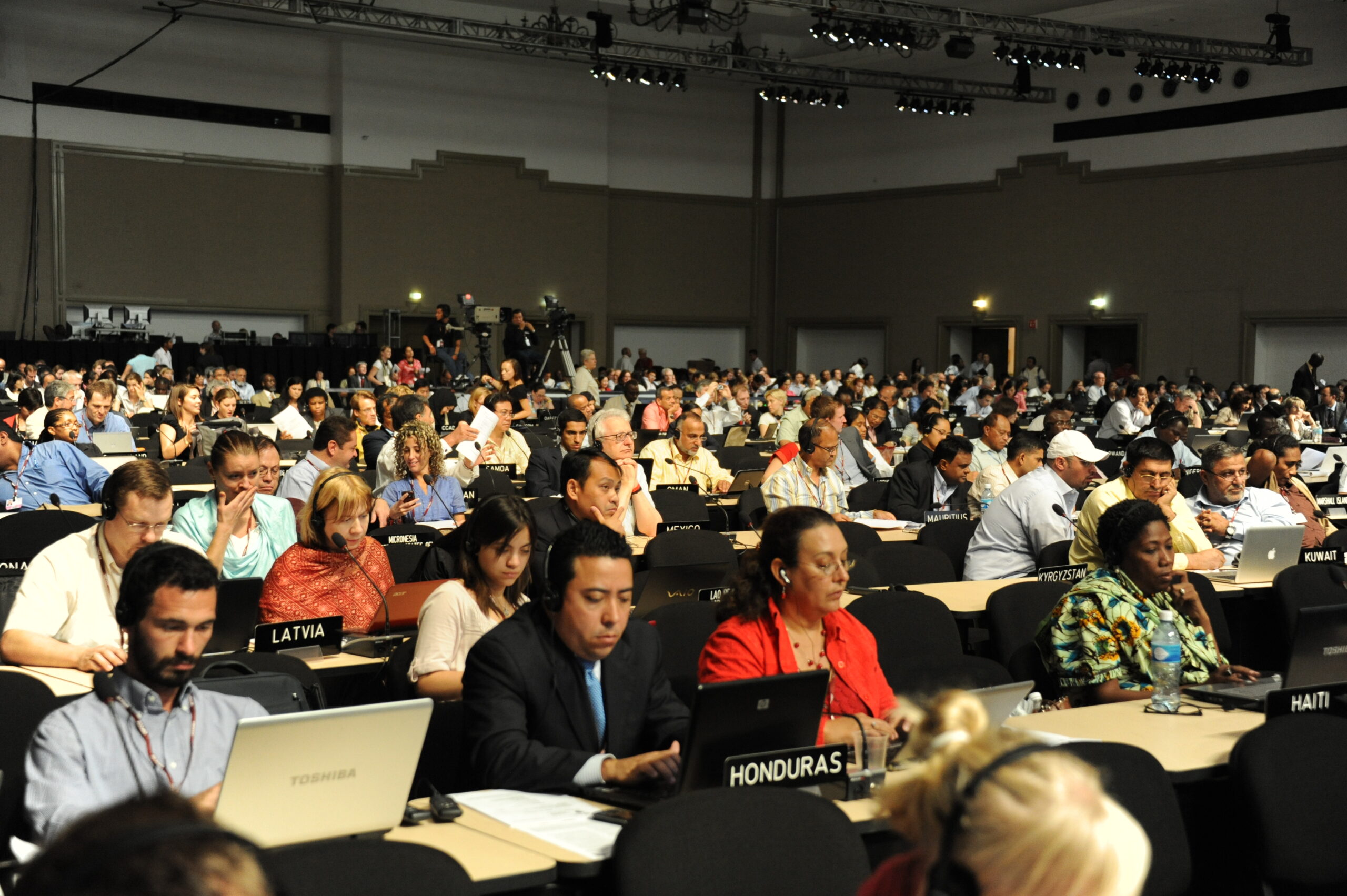
With COP29 having concluded this past Friday, leaving many less than impressed, I feel it is important that we do not forget COP16 and the bumpy road it paved for this year’s climate conference.
Negotiations were held in Cali, Colombia, where delegates from around the world gathered for the 16th Conference of the Parties to the Convention on Biological Diversity (CBD COP16) to submit their new National Biodiversity Strategies and Action Plans (NBSAPs). With the decline of biodiversity at the heart of the discussions, Colombia acted as a perfect location. Home to 63,000 different species of plants and animals, it is the third most biodiverse country in the world and a great place to remind ourselves of what is at stake.
Tensions were running high at this year’s meeting, the targets of COP15 weighing heavily on everyone’s minds. In 2022, the delegates constructed the Kunming-Montreal Global Diversity Framework, which outlined a plan for global cooperation to halt the destruction of the world’s ecosystems. One of the major priorities of this framework was the “commitment to protect and conserve a minimum of 30% of land and sea for biodiversity by 2030, known as 30×30.” Influenced by the vision of EO Wilson, a renowned Harvard biologist who argued for the principles of ‘Half-Earth’, the plan offered an ambitious strategy to expand and protect new areas of wildlife by producing a positive butterfly effect on the surrounding landscape.
COP16 was meant to act as a checkpoint for this plan, with countries presenting the progress they had made. According to the Protected Planet Report, “While 30% is a global target, there are 51 countries and territories that already have networks of protected and conserved areas that exceed this level of coverage on land and 31 that exceed it at sea.” Nevertheless, some countries have yet to take the required steps to reach this goal. With global coverage only just passing 17% on land and 8% in marine areas, there is still a lot of ground to cover, and the UK is no exception.
Unfortunately, the UK represents some of the lowest biodiversity levels in the Western world, with figures from Parliament’s ‘Biodiversity Loss’ Report showing that only 50.3% remains intact. To counteract this, the government has taken a positive step forward by introducing their vision for the 30by30 on land in England, drawing on collaborative work with “farming groups, conservation organisations, and wider partners.” They hope to finalise their delivery strategy for 30by30 on land in England by next year. However, it cannot be overlooked that there are still some serious doubts about the level of genuine progress that will be made. The annual update from Wildlife and Countryside Link highlighted a negative trend of the amount of land effectively protected for nature dropping to 2.93% – down from 3.11% last year. The Amphibian and Reptile Conservation Trust cites that this is due to a steady decline in the number of Sites of Special Scientific Interest (SSSIs) in “good ecological condition” because of factors such as water pollution and overgrazing. However, it is worth bearing in mind that this negative trend could also be due to the number of sites being recorded having increased.
In a statement from Crystal Davis, the Global Director of the Food, Land, and Water Program at the World Resources Institute, we can see how COP16 has shone a light on a glaring gap in the progress thus far: nature-harming subsidies. As seen in the Guardian, governments refuse to stop providing billions in tax breaks and subsidies that work in opposition to the goals of both the 2015 Paris Climate Agreement and the Kunming-Montreal Agreement. They provide support for large fishing vessels that continuously overfish or subsidise harmful products such as petrol and synthetic fertilisers. To make matters worse, new analysis has shown that the $2.6 trillion in subsidies worldwide directly contribute to global heating and the destruction of nature.
However, we cannot ignore that there were areas of light in the darkness of COP16. Davis credits the Colombia Presidency for making it “perhaps the most inclusive COP ever” with the voices of Indigenous Peoples and local communities being actively engaged in the discussion. Not only have they secured an official role in the UN biodiversity decision-making process, but it is also the first time that Afro-descendant peoples have been formally recognised in a COP text.
Moreover, several organisations, including the WWF, were able to launch a coalition that aids ‘debt for nature swaps’ which can help to close the gap in biodiversity financing in low-income countries. Finally, countries have agreed to introduce a global levy on digital sequence information (DSI), which is genetic information from nature. This agreement will “encourage highly profitable businesses to voluntarily contribute 1% of their profits or 0.1% of their revenue to the ‘Cali Fund’ if they use DSI.” Consequently, the Fund hopes to generate several billion, which can then be redistributed into conservation as well as to indigenous peoples and local communities.
As you can see, there is still a long way to go. It is imperative that governments bridge the gap between talking about essential change in climate and conservation politics and taking decisive action. This means that we cannot accept there is not enough time for a consensus to be made on the Convention on Biological Diversity budget for the next two years. It means we cannot accept a lack of leadership and urgency from UN officials. We cannot accept there being no definitive strategy on how to raise $200bn by 2030 to fund nature protection.
Because if we do, we are condemning not just the plants and animals of this world but ourselves.
Image: COP16Delegates, 2010 // CC BY-NC 2.0



Average Rating